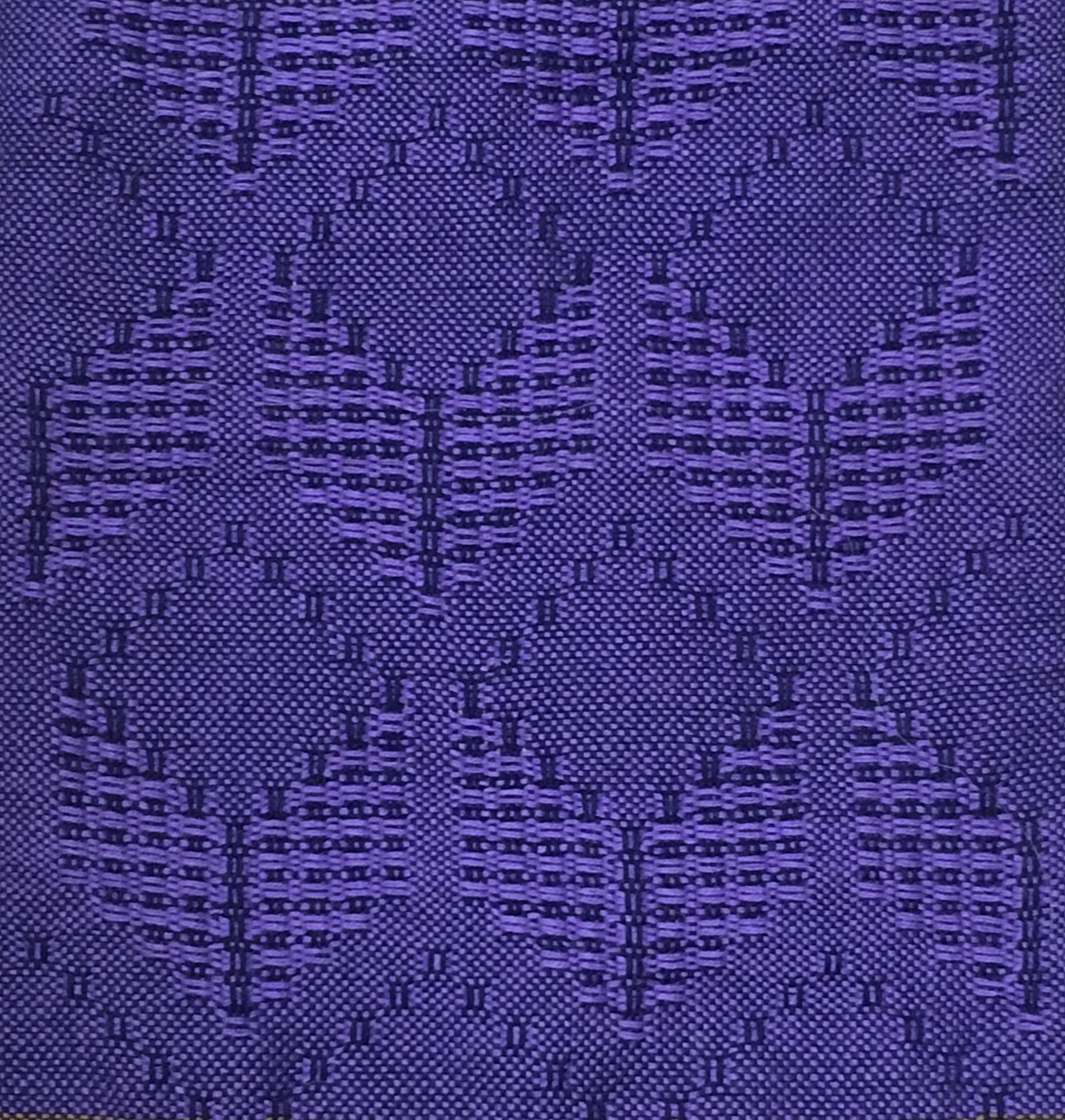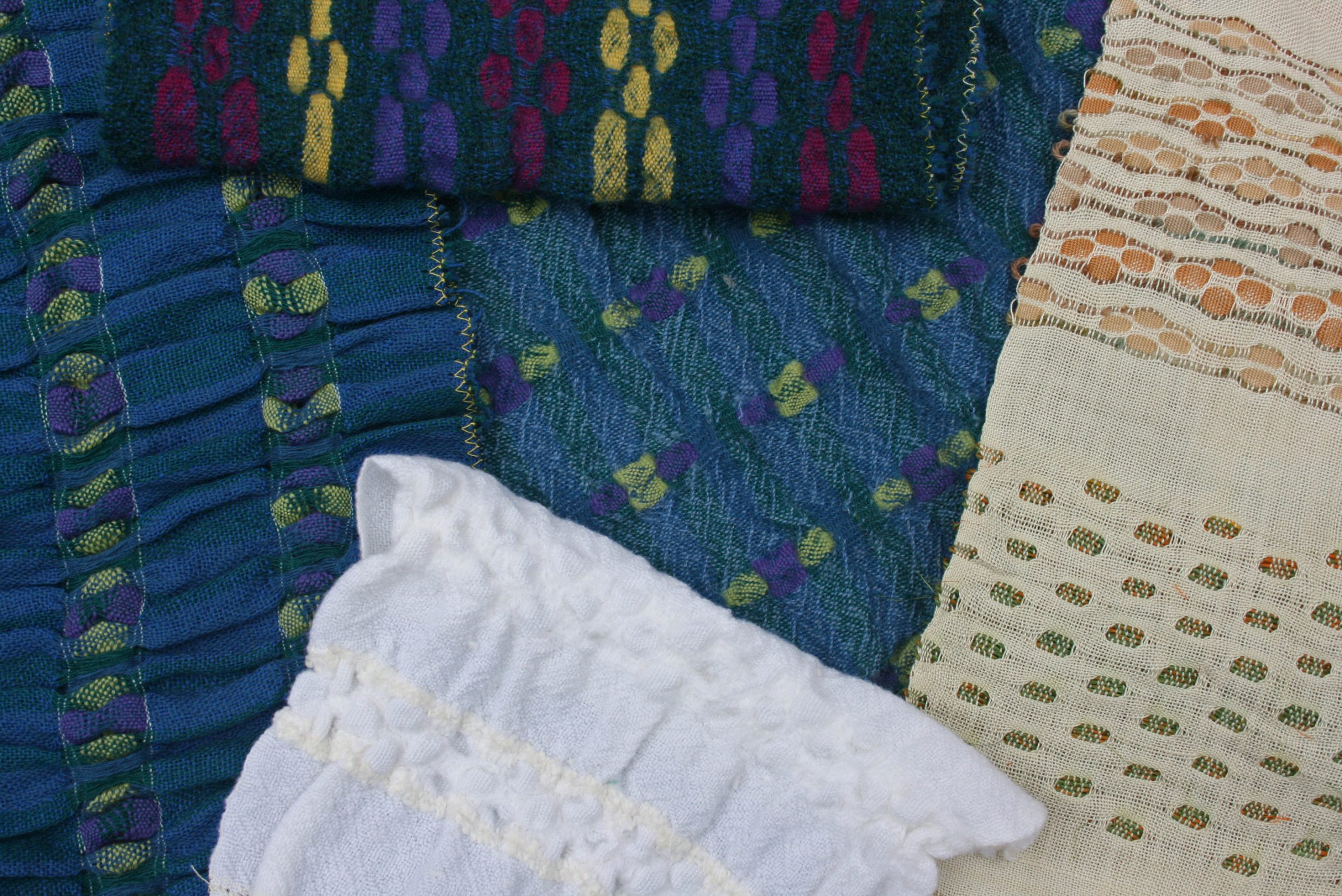Woven Optical Illusions
Thank you so much for sharing your fascinating presentation on woven optical illusions with our guild today. Your work was truly captivating and you explained the ideas in a way that was both inspiring and accessible.
Honeycomb Hybrids
Your presentation was fabulous! You did an excellent job of including a lot of information, but also keeping it clear and understandable for weavers with different levels of experience. Lots of good ideas to work with!
Alice Schlein: That was a wonderful lecture this morning, full of delicious rabbit holes, and so clear and well organized. It was an absolute delight.
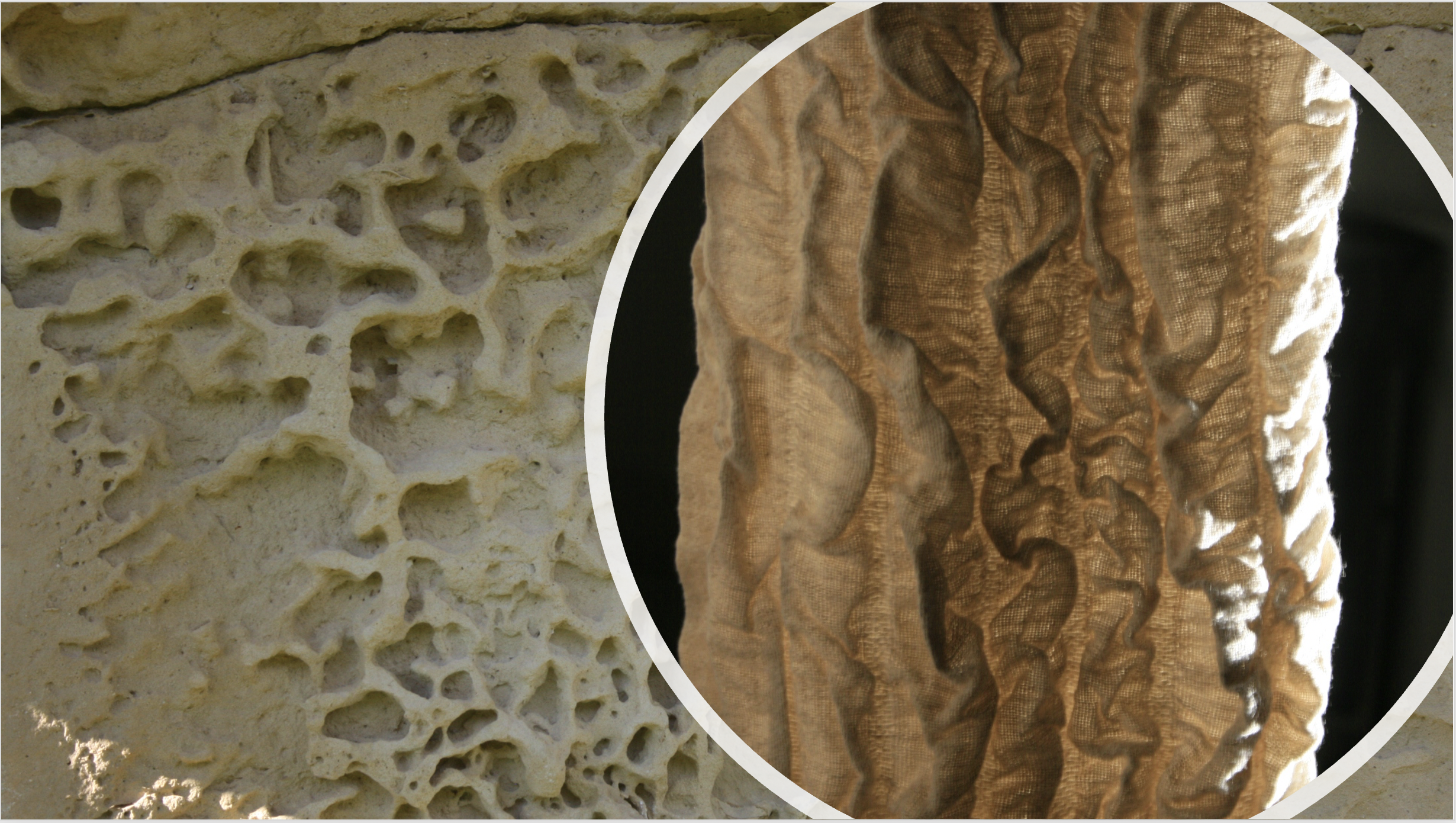
Elements of Design
Inspiration is everywhere – from nature, from books, from tv, from a sudden insight. The challenge is how to translate your inspiration into woven form. Elements of Design looks at how to isolate particular parts of a visual inspiration and take that into your woven work. We examine a number of varied sources, find out which elements really engage you and look at how to represent that through specific woven techniques, structures and materials. So that you get a dynamic sense of how relevant the theory is for your own weaving, the presentation also includes a walk-through of some real-life examples that I have faced in my weaving life and how I solved the design problems that my inspiration threw up. This overview of the design process directly related to a woven interpretation provides a firm understanding of the basics underlining translating ideas from source to end result.
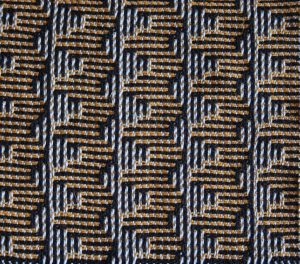
Optical Effects with Shadow Weave & Deflected Double Weave
Optical play is something that fascinates many people, focal lengths changing, first one area dominating and then, with the blinking of the eyes, areas swapping dominance or suddenly becoming visually three-dimensional! Shadow weave and deflected double weave are fascinating techniques in which to study these phenomena, and others. But how are the different aspects of shadow weave created? We will look at the two most widely used systems – Atwater and Powell – and dive deeper into understanding not only how to use those systems but then how you can take your shadow weave into deflected double weave to create even more wonderfully complex woven optical effects. From 4 – 24 shafts.
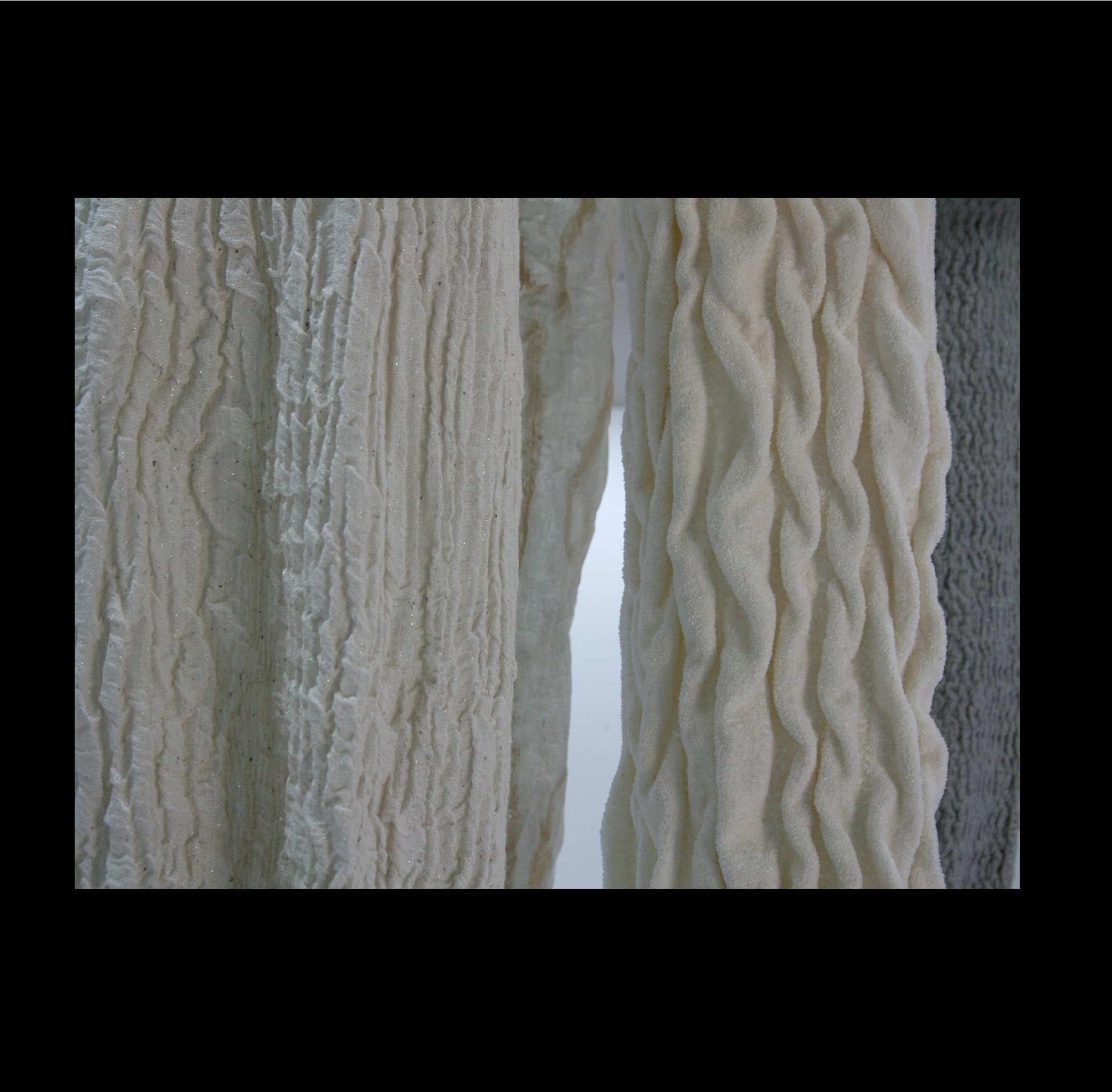
Texture – Surface and Depth
Texture can be created through using textured yarns, combinations of structures and/or materials. This presentation aims to give you an introduction to 3 methods of creating dimensional texture using techniques that you might not have considered before but which are accessible for weavers even at an early stage in their weaving exploration. Shibori for texture, overshot for texture and seersucker are easily accessible techniques which can give lots of interesting and varied textural fabrics. The presentation describes how each can be designed and explored.
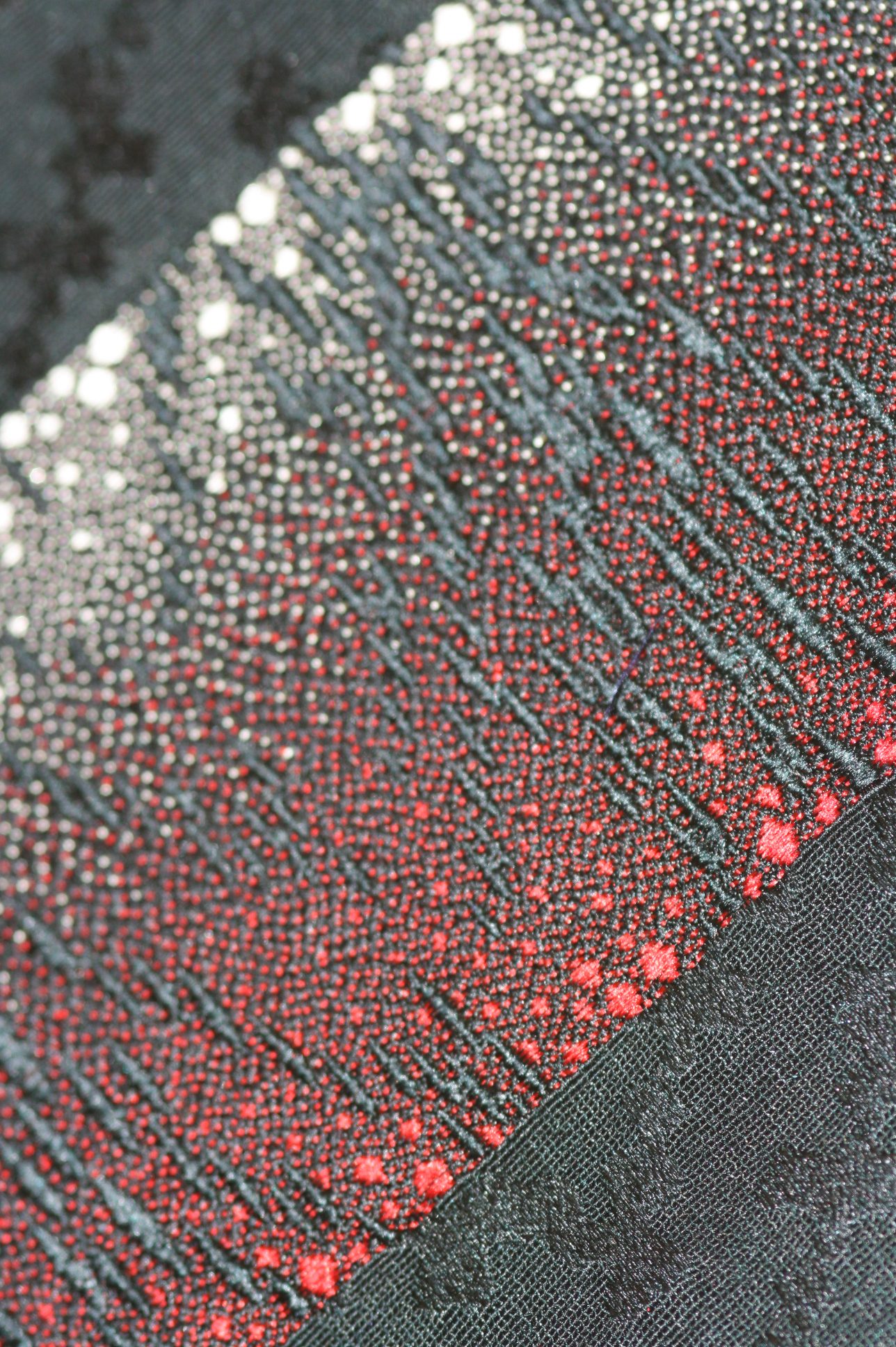
Three Faces of Weave
Weaving as a holistic craft brings together many strands and is a metaphor for life in every culture. Although it is a personal explanation, the three areas underpinning this presentation are relevant to weavers in many situations. Archive collections of weaving are a wonderful repository of history – of materials, of techniques, of social trends, of design – and can be highly inspirational, both directly and indirectly. Several old archives from the UK are explored, and various attributes from the samples extracted and applied to modern interpretations which you can bring to your own weaving.
Many weavers are intimidated when thinking about creating woven art. In the presentation, examples inspired from nature and science will be shared to show how readily understood and already known principles and techniques can be combined in interesting ways to create artwork and indeed to translate into more useful articles, if that is your leaning.
As the pandemic showed us, weaving has many therapeutic strands to it and we explore the meditative and reflective qualities of weaving so that weaving can be used as a mindful and conscious method of dealing with the stresses of living in our fast-moving world.
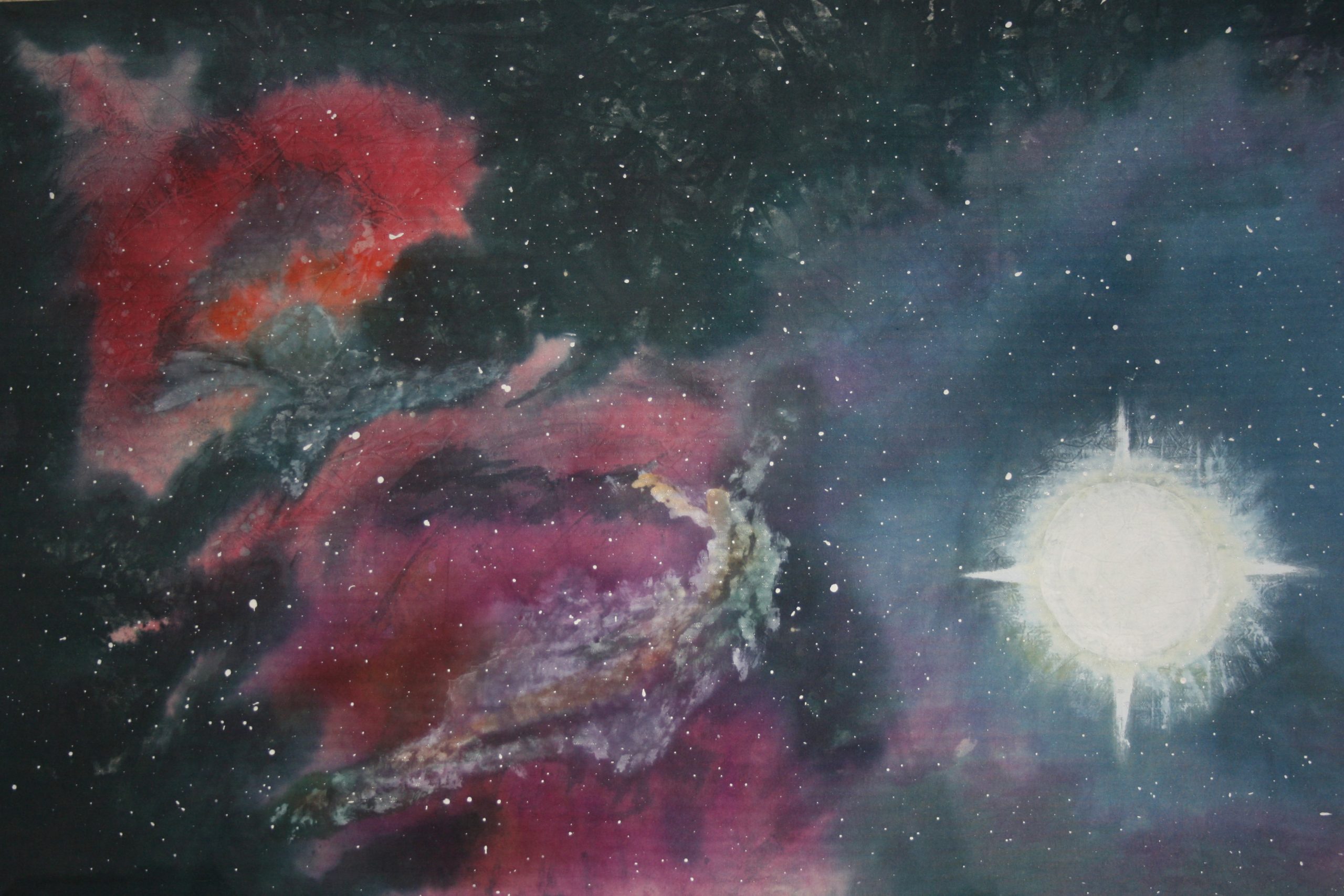
Ever Increasing Circles
Sometimes you just want to see how someone else’s weaving life has developed over the years. This is a view of how my life has gradually evolved into more and more complex (and also simple) approaches to weave through life events and learning along the way.
I share the subtle influence of designs and synchronicity, how ideas can come to you and how to take advantage of them when they do. The talk encourages you to step outside your own comfort zone with confidence and thinking laterally and creatively so you can do what you are dreaming of doing with your craft.

